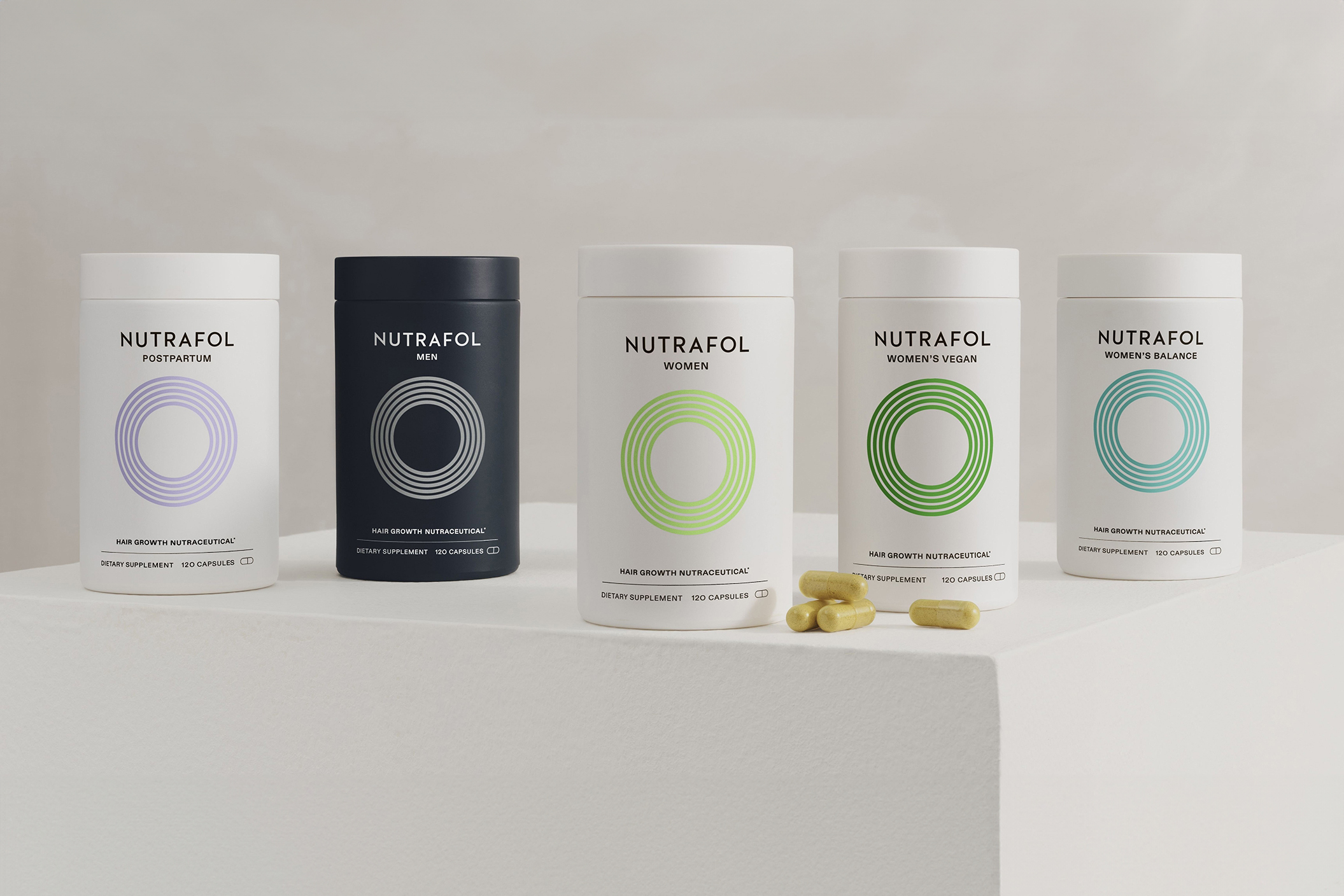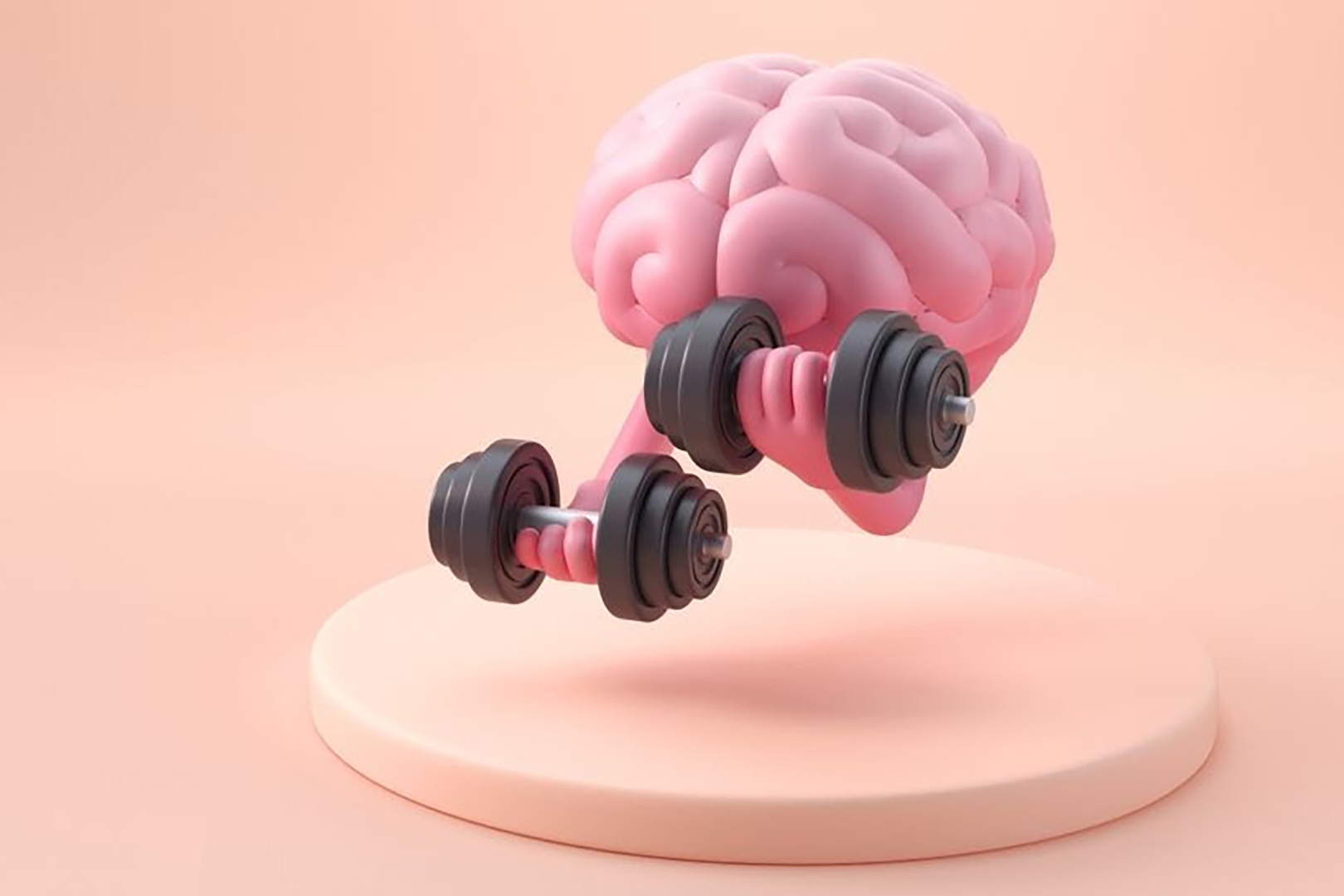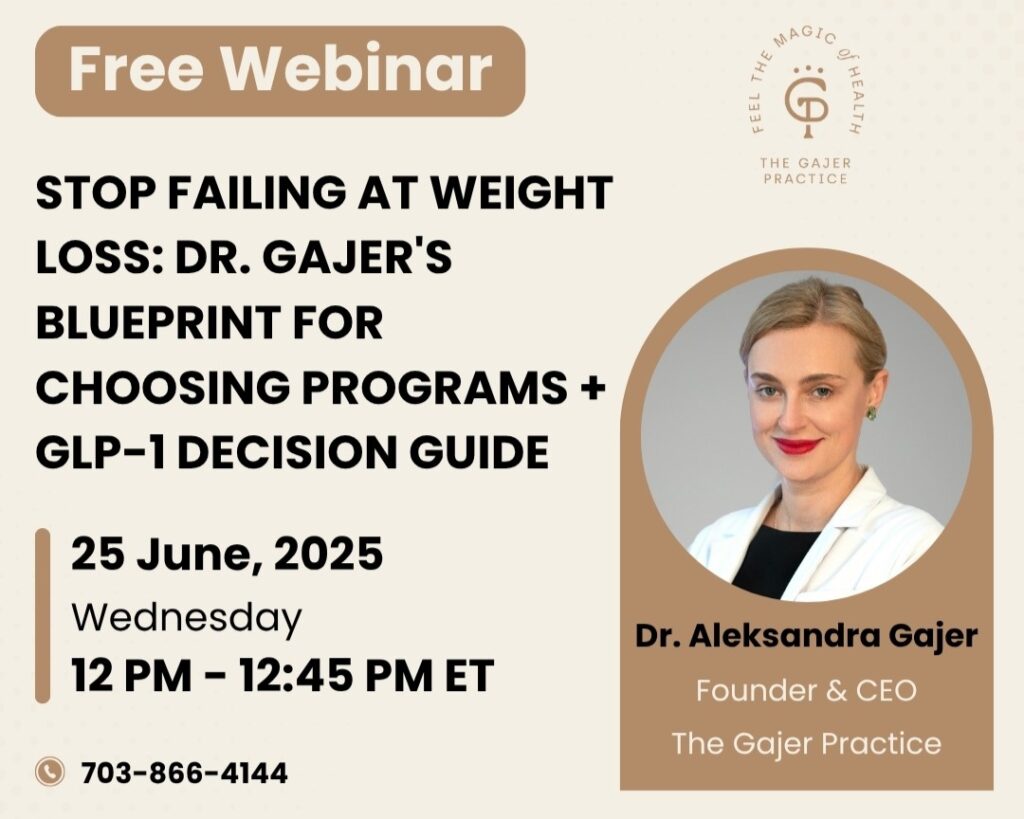Dear readers,
Here’s a startling reality: while women typically live longer than men, research shows we often experience a lower quality of life in our later years. Much of this can be traced to the effects of declining hormones during menopause. But here’s the good news – this doesn’t have to be your story.
In 2002, the Women’s Health Initiative (WHI) study sent shockwaves through the medical community and terrified women about hormone therapy. The study suggested that hormone replacement therapy increased risks of breast cancer, heart disease, and blood clots. Almost overnight, doctors stopped prescribing hormones and women suffered needlessly through menopause symptoms.
But here’s what they got wrong:
The WHI study had significant flaws that we now understand. They studied women who were on average 63 years old – well past the start of menopause. They used synthetic hormones (Premarin and Provera) rather than bioidentical hormones that match what our bodies naturally produce. The study design and statistical analysis had issues that led to overestimating risks.
Since then, multiple well-designed studies have given us a much clearer picture of hormone therapy safety and benefits:
The KEEPS Trial (Kronos Early Estrogen Prevention Study) in 2012 studied women aged 42-58 who were just entering menopause. It found that hormone therapy was not only safe but beneficial for heart health, bone density, mood, and cognitive function. The key difference? They used lower doses and started treatment at the right time – when menopause symptoms begin.
The ELITE Trial in 2016 proved something we call the “timing hypothesis” – that starting hormone therapy within 6 years of menopause provides cardiovascular benefits, while starting after 10 years does not. This explains why the WHI, studying older women, found different results.
Even more exciting, the Danish Osteoporosis Prevention Study showed that women who start hormone therapy early in menopause have lower cardiovascular events and better survival rates over the long term.
One of the most significant findings for my practice comes from the E3N French Cohort Study. It demonstrated that bioidentical progesterone (the kind I prescribe) has a lower breast cancer risk than synthetic progestins. It also showed that transdermal estrogen (patches or creams) has a lower blood clot risk than oral estrogen.
What This Means for My Patients:
As a physician focused on women’s health, I believe we can change the narrative about aging. Women shouldn’t have to accept a declining quality of life as they age. With proper hormone optimization and preventive care, you can maintain your vitality, mental clarity, and physical well-being well into your later years.
I approach hormone therapy with these principles:
- Starting treatment when symptoms begin, typically in perimenopause
- Using bioidentical hormones that match your body’s natural chemistry
- Preferring transdermal delivery methods
- Individualizing treatment based on symptoms and lab results
- Regular monitoring to optimize your results
The key message is this: hormone therapy, when prescribed appropriately using bioidentical hormones and started at the right time, is both safe and beneficial for most women. It can relieve debilitating menopause symptoms while providing long-term health benefits for your heart, bones, and brain.
Living longer should mean living better. With modern hormone therapy, informed by current research, you can write a different story for your future – one where longevity and quality of life go hand in hand.
Want to learn more about whether hormone therapy is right for you? Let’s talk about your specific situation and goals.






